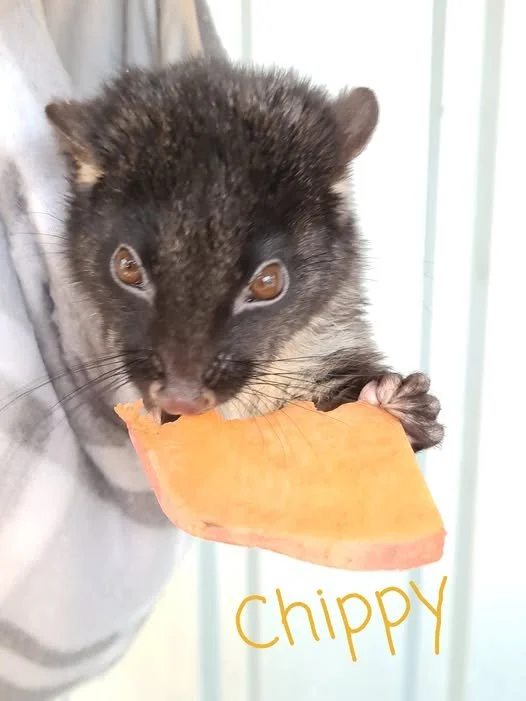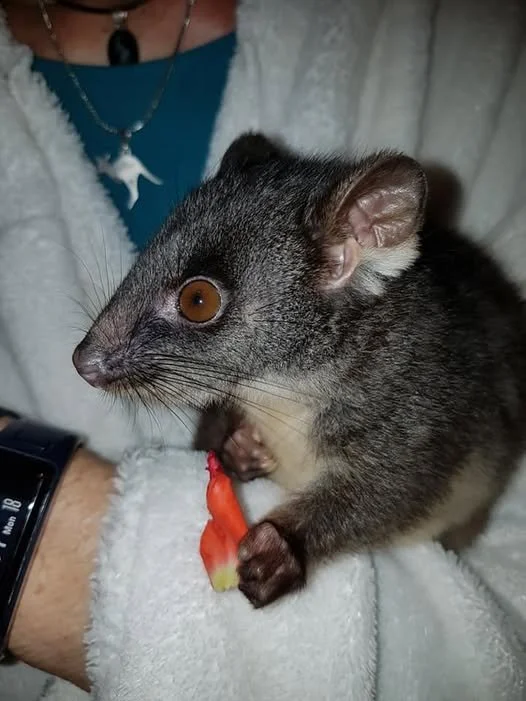A Plea for our Western Ringtail Possum
Ngwayir: The Vanishing Curl-Tail — A Plea for the Western Ringtail Possum
At Amaris, we know every possum by name. We’ve held them in our arms—injured, orphaned, soot-stained. We’ve watched them curl into sleep, their tails wrapped like question marks around fragile bodies. And we’ve asked ourselves, again and again: How did it come to this?
The Western Ringtail Possum (Pseudocheirus occidentalis)—known to Noongar people as Ngwayir—is a species found nowhere else on Earth. Once widespread across the south-west of Western Australia, from Perth to Albany, their range has shrunk by over 90%. Today, they cling to fragmented patches in Busselton, Dunsborough, and Albany, with a combined known habitat of just 45 km².
These possums are nocturnal, leaf-eating marsupials, dependent on dense myrtaceous vegetation—especially peppermint trees—for food and shelter. They build dreys (nests) in the canopy, raise their young in quiet shrubbery, and rarely descend to the ground unless forced. Their breeding is slow and delicate: one or two joeys per season, with long incubation and fledging periods. Males reach sexual maturity at five years. Every life is hard-won.
But their decline has been swift and brutal. Habitat loss, urban development, introduced predators, vehicle strikes, climate change, and inappropriate fire regimes have pushed them to the edge2. In Bunbury, near the new ring road, recent reports have documented mass deaths—possums displaced, disoriented, and killed as their habitat was cleared. These are not isolated incidents. They are symptoms of a system that treats habitat as fuel and wildlife as collateral.
And now, in Lange, a burn is planned in known possum territory. The City of Albany assures us the fire will be “low intensity,” that possums will “safely reside within their habitat trees.” But we know better. We’ve seen the aftermath. Possums don’t flee—they freeze. They cling to branches as the heat rises. They die in silence.
The Western Ringtail Possum is listed as Critically Endangered under both state and federal legislation. There is no relocation plan. No second chance. Translocations have failed repeatedly due to their extremely specific habitat needs. Even with predator removal, survival rates remain low
We urge decision-makers to reconsider. Burns in spring—when joeys are emerging and mothers are nesting—are especially cruel. Fire management must walk hand-in-hand with conservation. We ask: Has proper ecological surveying been done? Has First Nations consultation occurred? Have cultural fire practices been considered?
Let us not celebrate the return of the noisy scrub-bird while risking the extinction of the ringtail possum. Let us not trade one song for silence.
At Amaris, we will keep speaking. For Ngwayir. For the curl-tailed sleepers. For every life that matters.
Sources: Main Roads WA Fact Sheet









